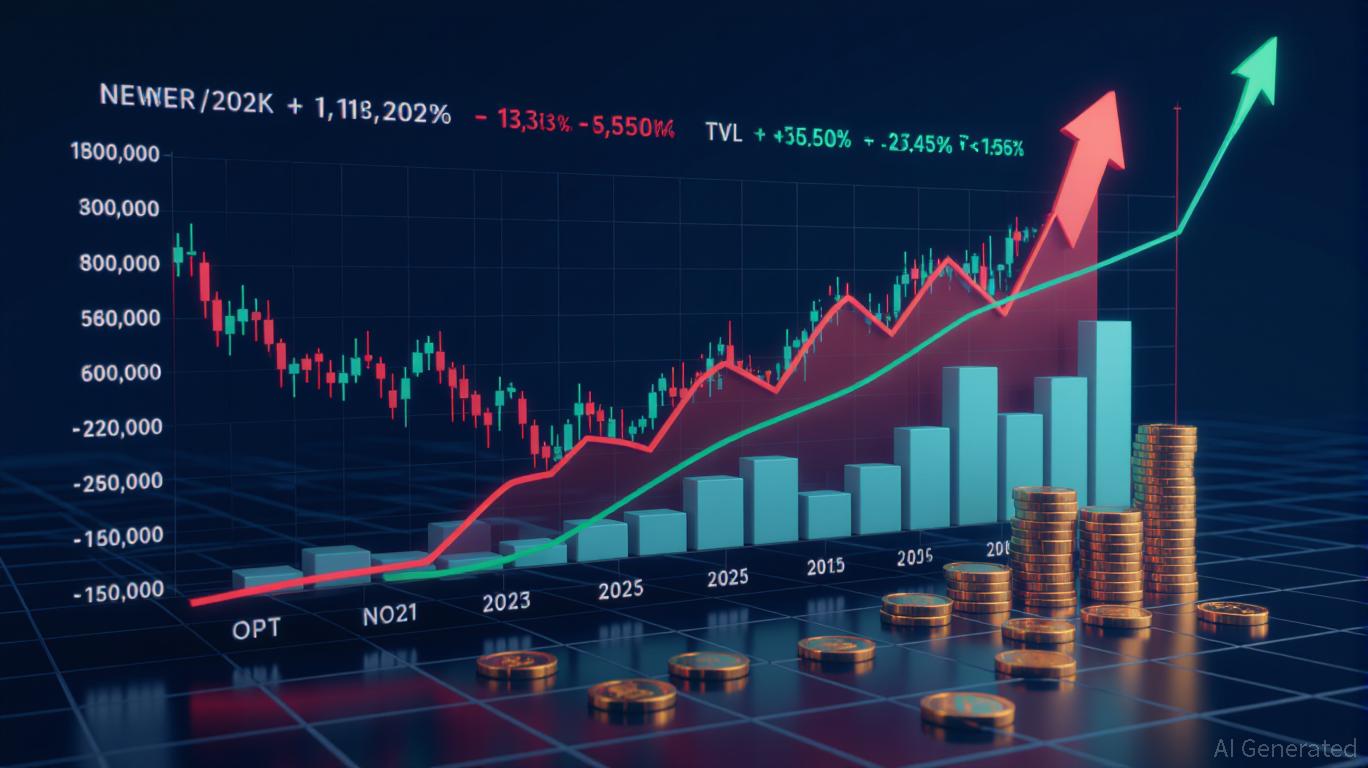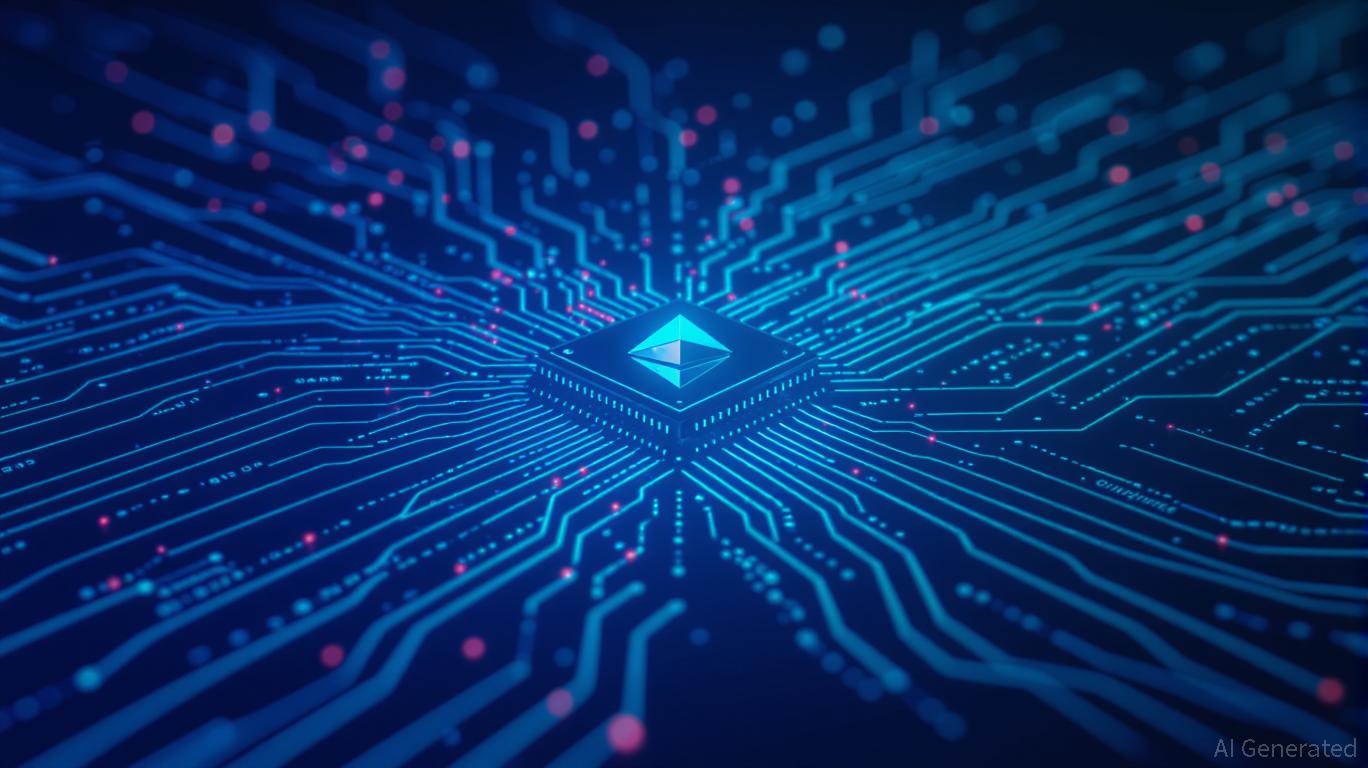Blockchain’s Next Big Wave: Lightning Huang Reveals the Core Driving Future Growth
A new article shared by 吴说区块链 (@wublockchain12) breaks down the future potential of blockchain in depth. Authored by Lightning Huang Shiliang (streak lightning yellow world bright) the piece “How Much Room Does Blockchain Have to Grow?” A Fundamental Needs Analysis” looks at the driving force behind every major industry – its “kernel.
Huang said this kernel is not a product or a technology. It is the most genuine demand for explosive growth of an industry. In blockchain’s first few years, that demand was focused on circumventing traditional financial systems.
Financial Rebellion to Real Life Integration
During the first 10 years of blockchain (2009 to 2019), its main driving force was the wish to challenge traditional finance. Cryptocurrencies such as Bitcoin and Ethereum became a tool of freedom and decentralization. But the landscape has changed. After the speculative bubble burst the market began to look for real, lasting value. Huang says today’s “kernel” is combining the efficiency benefits of blockchain – instant transactions, global reach and low cost – with the stability of the real world.
Huang calls attention to how blockchain can change industries and make systems faster, cheaper and more transparent. Supply chains management and trade financing, sustainable energy systems – this is just the beginning of applications. Experts also point out that the potential of blockchain to ensure trust without intermediaries has potential to redefine banking, payments and even governance. In 2025, the emphasis is on integration of decentralized efficiency and regulatory trust – a balance needed for mainstream adoption.
Industry Ready for Expansion
The article, with the help of Wu Blockchain’s huge Chinese audience, marks a maturing stage in the evolution of blockchain. No longer concerned with speculative trading, the technology is entering an era of utility driven growth. By connecting digital innovation with physical stability, blockchain has the potential to open up new markets and build a sustainable global infrastructure. As Huang concludes, the future is for those who understand the “inner kernel” of blockchain – the fundamental human need for trust, efficiency and transparency.
Disclaimer: The content of this article solely reflects the author's opinion and does not represent the platform in any capacity. This article is not intended to serve as a reference for making investment decisions.
You may also like
The Surge in MMT Token Value: A Driving Force in DeFi or Just a Temporary FOMO Hype?
- MMT token surged 1330% due to high-profile exchange listings and liquidity incentives, sparking debates over sustainability. - Proponents highlight Momentum's DeFi roadmap and institutional infrastructure as blockchain innovation catalysts, while skeptics warn of speculative overreach. - Phase One delivered $12B trading volume and $265M TVL, but recent price volatility ($4.4 to $2.06) and $109M futures liquidations signal market fragility. - On-chain metrics remain opaque, with a 7.2 turnover ratio indic

Astar 2.0’s Tactical Rollout and Its Impact on the Market
- Astar Network launched Astar 2.0 on September 13, 2023, aiming to unify Ethereum and Substrate blockchains via Astar Link. - The platform emphasizes interoperability, revised tokenomics, and enterprise partnerships to challenge L2 leaders like Arbitrum and Optimism . - With 150,000 TPS and cross-chain integrations, Astar 2.0 targets scalable DeFi adoption but faces TVL declines and competition from ZK-rollups. - Enterprise collaborations with Sony and Toyota highlight real-world use cases, though market

Trust Wallet Token (TWT) Price Forecast: Assessing the Influence of DeFi Collaborations and Growing Institutional Attention
- Trust Wallet Token (TWT) expands utility via DeFi partnerships and institutional adoption, transitioning from governance to multifunctional asset. - Strategic collaborations with Ondo Finance (RWAs) and Binance's FlexGas feature enhance TWT's institutional appeal and transactional utility. - CZ's endorsement and Trust Premium loyalty program drive demand, while price projections suggest potential growth to $3-$15 by 2025-2030. - Risks include regulatory uncertainty, competition, and reliance on Trust Wal

ZK Atlas Enhancement: Driving Blockchain Expansion and Attracting Institutional Investments
- ZKsync's Atlas Upgrade (Oct 8, 2025) breaks scalability barriers with 15,000+ TPS, near-zero fees, and ZK proofs enhancing Ethereum's Layer 2 performance. - Innovations like Airbender proof system (40% lower overhead) and multi-VM compatibility enable seamless DeFi interoperability, attracting institutional capital seeking secure, scalable infrastructure. - Post-upgrade ZK token surged 50%, reflecting investor confidence, while partnerships like Grvt's $19M funding signal active institutional adoption of

